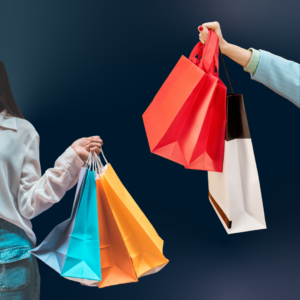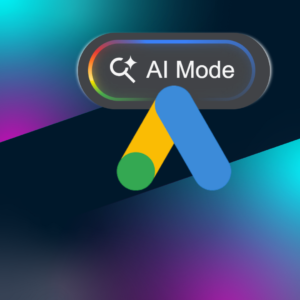Media Trends 2020, Part Deux
Welcome back. Ok, let’s pick up where we left off. If you missed our media trends in 2020 part one, check it out here. But this post is all about media trends in 2020, part two
What you will learn from this article:
- Ducks should swim like ducks
- TikTok’s been on a raid
- Likes are bad for our health
- 475 years worth of stories are uploaded every day on Instagram
- 5G will shape user behaviour
Ready to get started with media trends in 2020? Let’s go.
Brand will outweigh performance
The last decade has seen marketers fervently swarm towards volume and performance metrics from their advertising strategies and using digital to drive & measure direct response and return on ad-investment.
We all love to be able to directly demonstrate that £X returned £Y, right?
However, Gartner report that 72% of CMO’s put Brand Awareness as a top priority marketing objective of 2020, with performance metric ROI, a close second with 70%.
They go on to report that marketers struggle to attribute performance metrics to brand impact, for the following reasons:
- Difficulty tracking all consumer touchpoints and thus gaining the full picture;
- Difficulty quantifying the long-tail brand impact
That’s where an integrated and effective marketing analytics implementation comes in. Allowing marketers to draw unique insights and strategic direction, rather than just reporting. This is clear, with 64% of marketing leaders stating that their biggest investment area will be Marketing Analytics, occupying 16% of their total annual budgets.
For more information on how to achieve this, feel free to drop our data science team a line.
The old brand vs performance adage always reminds me of Marty Neumeier’s 2005 book, ‘The Brand Gap: How to Bridge the Distance Between Business Strategy and Design’. Marty uses a variety of colourful metaphors to illustrate the challenges faced when addressing the gap between business strategy (performance) and creativity (brand), and where some companies do it well, while others less so.
The classic adage being: “ducks should swim like ducks” … hard to argue with.
Oh, and in case you were wondering, here is a breakdown of the types of advertising marketers are spending their budgets on:
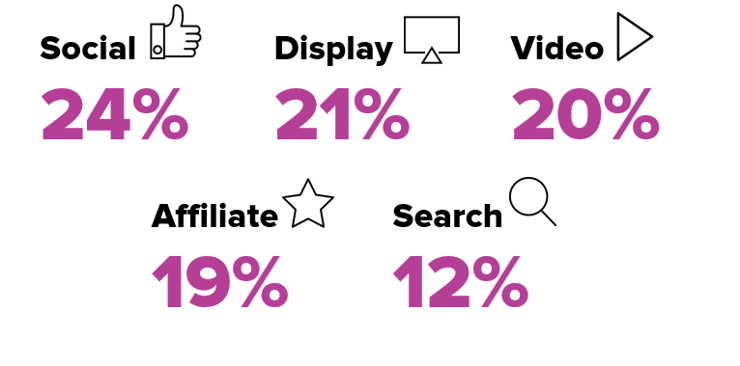
TikTok’s been on a raid
TikTok has been busy raiding Facebook’s senior leadership team, across EMEA & North America, so we can expect big developments in their commercial strategies, and we have an inkling that their advertising product portfolio is going to expand, much in the way Instagram’s developed over 2016/17.
Currently, most of TikTok’s ad revenue comes from brands partnering with their platform to sponsor #hashtags, in a bid to go viral via user challenge content. We anticipate growth in the feed & over-content-display, currently still in its infancy, yet with a flashy new executive board made up of Facebook’s exes we can certainly expect this to be expanded and pushed.
We’ve seen strong engagement from our TikTok campaigns for clients. However, with a fixed starting price of $10 CPM, it is the most expensive social platform to advertise on. Nonetheless, as this destination is not saturated with multiple ad products and every man and his dog advertising there, reach and engagement is high – 3 times higher average engagement rate than Instagram, according to Influencer Engagement Hub.
The average session time on the platform is 5 minutes, longer than both Instagram and Snapchat.
But remember, audiences go there to be entertained. So, get creative folks.
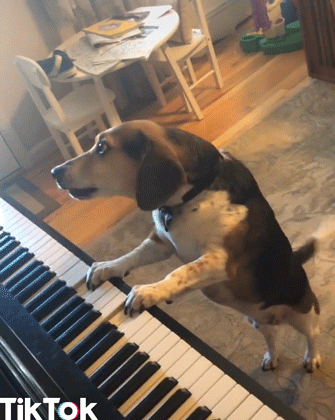
If you want to know more about getting the most from your TikTok advertising, check out this article.
Likes are bad (for our health)
In a bid to encourage users to share more content, Instagram continues to roll-out their trial of the removal of likes on brands’ and users’ content.
This big change is designed to ‘remove social pressure’, says Instagram CEO Adam Mosseri, and encourage the sharing of more content that we love, irrespective of the likes. Just like the good ol’ Facebook days of the mid-to-late noughties.

This roll-out is now in effect in the US & UK, with the permanence of this new feature dependent on audience feedback. No formal announcements have been made as yet.
We’ve been testing this feature throughout January and the general vox pop from across the company is that this is a positive change.
Comments from the Arkenauts generally fall into one of the following categories:
“It’s good for mental health and self-esteem”
“It’s good that I can’t see how many likes other users content has, but I still want to see mine, as I get a boost”
“I don’t care. But then again, I only get circa 8-10 likes, so I don’t think I’m part of the problem”
So, what does mean for brands and influencer marketing?
With likes being an existing ‘go-to’ barometer of brand, we can expect advertisers to focus more on higher engagement performance from their campaigns, such as shares, saves and click-throughs. These actions obviously suggest a more meaningful impact with your audience; however, this will challenge brands to put user-need and intent first, with any content they publish. Which they should be doing anyway, but as any ‘Gram user knows – this isn’t always the case.
Influencer advertising platforms that connect to Instagram’s API can still see likes as a volume metric, so no big shakeup there. But we can expect a shift in how influencers & advertisers measure and ‘sell’ their influence… by the quality of content.
“56% of brand sales lift from digital advertising can be directly attributed to the quality of their content” Straight from the horse’s (Zuckerberg’s) mouth, folks.
5G opens up long-form video content
With the UK greenlighting Huawei, we can expect to see 5G roll out over 2020. This means uninterrupted on-the-go content streaming, with super-fast upload and download speeds. Also, the transition from in-app to web will be instant, no latency.
Very cool.
Ok, here are some stats:
Cisco report that 82% of all consumer content traffic will be video, by 2022, with live video accounting for 17% of that figure.
This is not surprising, seeing how popular live episodic video content has become on YouTube, IGTV & TikTok.
Current figures suggest that long-form video content between 4-7 minutes has the greatest engagement success.
As youth marketers, we’re focused on the 13-18 years demographic segment, with 85% of this audience group in western countries accessing the platform weekly.
Despite all of this, we still don’t see many brands adopting longer-form episodic video content to tell their stories, with a focus on ephemeral video content being preferred, particularly in the US.

5G will allow brands and users to upload long-form content, stream live, and reach wider, mobile, audiences. Therefore, we can expect reach and engagement to continue to rise.
Of course, short-form video content is not going to diminish in popularity. We’ve seen this patently with TikTok and Instagram stories, the latter publicly stating that globally half a billion users produce and upload 1 billion stories in one day. So, on average we are uploading 2 stories each, every day.
If you were to watch all those stories it would take you 475 years, and that’s with no toilet breaks.
Ouch.
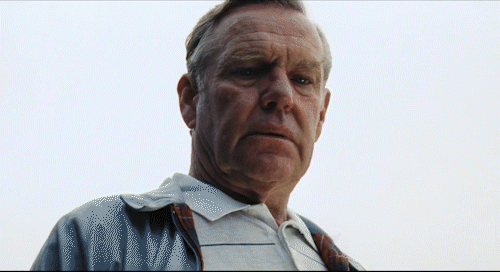
However, with brands focusing on more meaningful consumer engagement metrics, over vanity, episodic and long-form storytelling is going to be an important weapon in their armoury to communicate authenticity and bring value to the viewer.
Thanks for reading folks. If you’d like to pick our brains and jump on these new trends, get in touch to speak to an Arkenaut & let’s do something awesome together!


